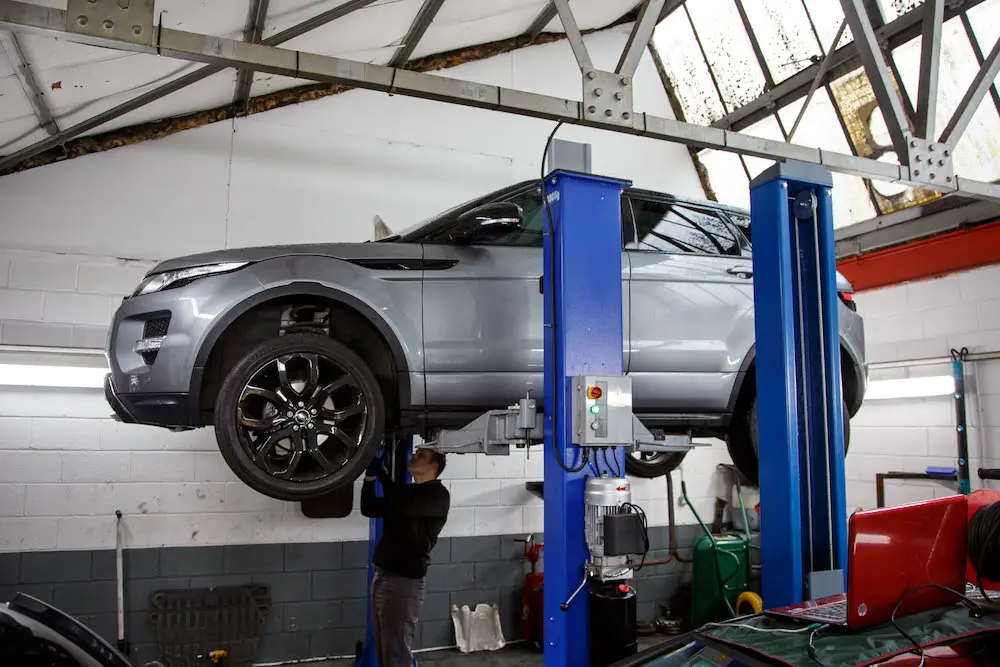Passenger safety hinges significantly on regular professional vehicle inspections. These inspections identify potential mechanical issues before they become serious problems, ensuring vehicles operate safely. Qualified technicians meticulously check various vehicle systems, which helps in preventing accidents caused by faulty components.
The process involves a thorough examination of brakes, tires, lights, and other critical parts. Regular inspections can also lead to cost savings by catching minor issues early, preventing costly repairs down the line. Ensuring that vehicles are in peak condition is not just about compliance but safeguarding human lives.
Many bus passengers are unaware of the crucial role these inspections play in their daily commutes. With increased awareness and adherence, the likelihood of malfunctions reducing passenger safety can be significantly minimized. Regular professional inspections prove essential in maintaining high standards of vehicle safety for buses.
Importance of Professional Vehicle Inspections
Professional vehicle inspections are essential to ensure compliance with regulations and prevent mechanical failures. They play a critical role in maintaining passenger safety and reducing the risk of accidents.
Regulatory Compliance
Regulatory compliance is mandatory for all commercial and private vehicles. Inspections ensure that vehicles meet local, state, and federal safety standards. For instance, brake systems, lighting, and tires are checked to comply with legal requirements.
Failing to meet these standards can result in legal consequences. Agencies like the Department of Transportation (DOT) mandate regular inspections. Belleville bus accident lawyers often find that lack of compliance can be a contributing factor in accidents.
Regular inspections also help in maintaining insurance validity. Insurers often require proof of compliance for policy renewal. This minimizes liability and enhances safety for all road users.
Preventive Maintenance for Buses
Preventive maintenance involves systematic checking and servicing of vehicle parts. This helps in identifying potential issues before they lead to breakdowns. Common checks include engine performance, fluid levels, and suspension systems.
Early detection of problems can save costly repairs. For example, worn brake pads detected during an inspection can prevent brake failure. Belleville bus accident lawyers frequently encounter cases where preventative maintenance could have averted accidents.
Routine inspections extend the lifespan of the vehicle. They also improve fuel efficiency and performance. Regular maintenance schedules can be established based on the findings of these inspections, ensuring continued passenger safety.

Components of a Thorough Vehicle Inspection
A thorough vehicle inspection is essential for ensuring passenger safety and involves examining critical systems and components such as brakes, tires, steering, suspension, lights, and signal devices. Each aspect plays a vital role in vehicle performance and safety.
Brakes and Tires
Brakes: Effective braking systems are critical for safe stopping distances. Inspections include checking brake pads, rotors, calipers, brake fluid levels, and ABS functionality. Worn brake pads or low brake fluid can significantly impair braking efficiency.
Tires: Tires are checked for tread depth, inflation levels, and signs of wear or damage. Proper tire maintenance ensures adequate traction and stability. Tread depth gauges and pressure monitors are commonly used to measure these aspects. Uneven wear can indicate alignment problems that need to be addressed.
Steering and Suspension Systems
Steering: The steering system’s integrity is pivotal for vehicle control. This includes checking the power steering fluid, examining the steering rack and pinion, and testing for any looseness or excessive play in the steering wheel. Any anomalies here could compromise handling.
Suspension: The suspension system is evaluated to ensure it absorbs shocks and maintains tire contact with the road. Technicians inspect shock absorbers, struts, and springs, looking for signs of leakage or wear. Proper suspension maintenance contributes to a smoother and more controlled ride.
Lights and Signal Devices
Lights: Properly functioning lights are crucial for visibility and communication with other drivers. Inspections cover headlights, tail lights, brake lights, and fog lights to ensure they are working and properly aligned. Faulty lights can lead to unsafe driving conditions, especially at night or in poor weather.
Signal Devices: Turn signals and hazard lights are examined for correct operation and timing. Functioning signal devices alert other drivers to your intended actions, reducing the risk of collisions. Any failure in these systems must be promptly addressed to ensure clear communication on the road.
These inspections are incredibly important. A bus crash can lead to severe consequences, including significant injuries or fatalities for passengers, pedestrians, and other drivers. The aftermath often involves emergency medical responses, potential long-term health issues for survivors, and emotional trauma for those involved. Additionally, there are legal and financial repercussions, such as insurance claims, lawsuits, and repair costs. The incident may also cause traffic disruptions, leading to delays and economic impacts on the community. This is why safety investigations are done beforehand and then also typically conducted after a bus crash to determine the cause and to prevent future accidents.






